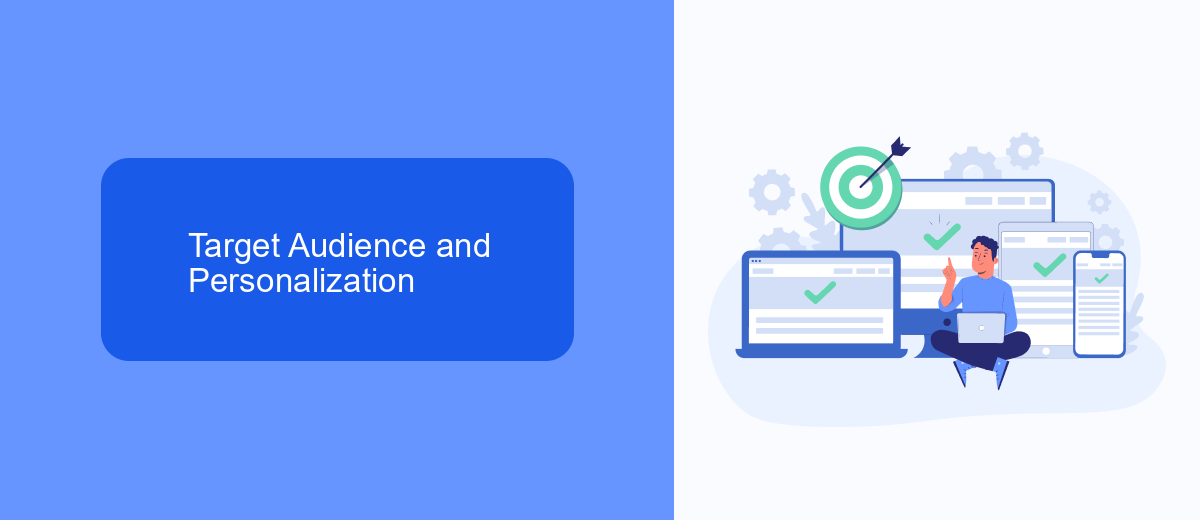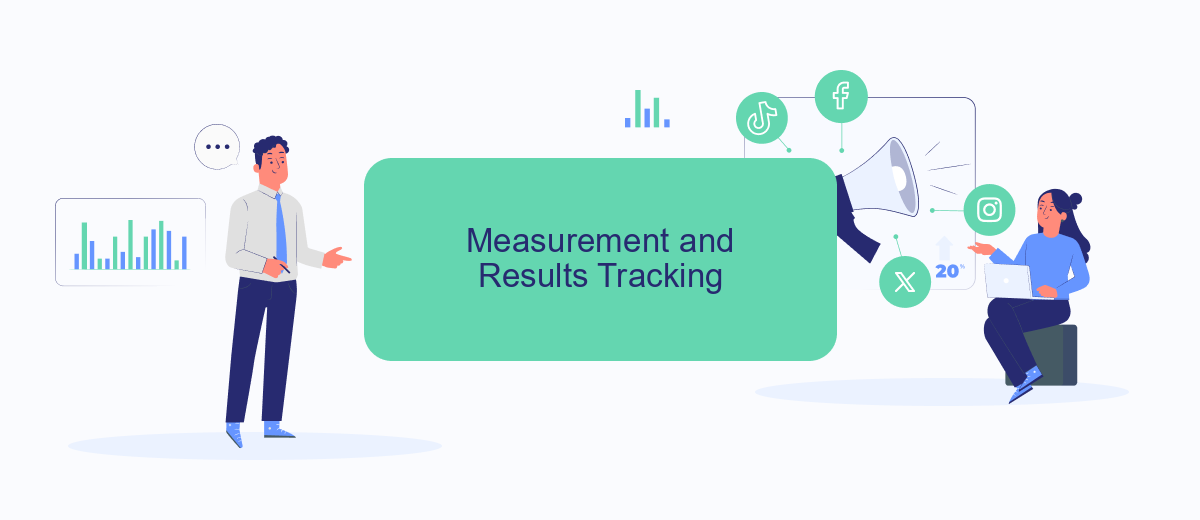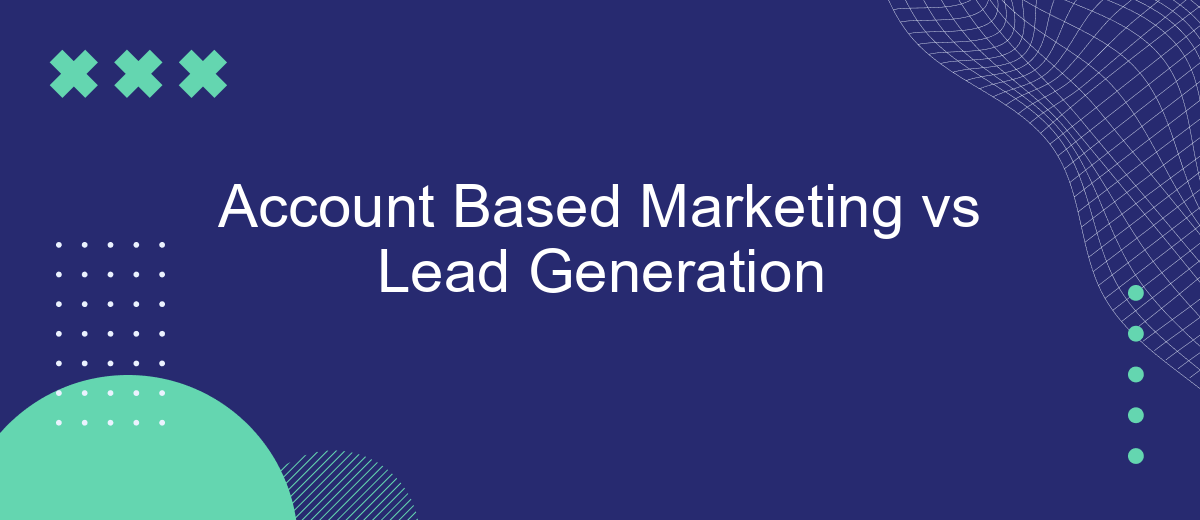In the ever-evolving landscape of digital marketing, businesses are constantly seeking the most effective strategies to drive growth and revenue. Two prominent approaches, Account Based Marketing (ABM) and Lead Generation, offer distinct pathways to reach potential customers. This article delves into the key differences, benefits, and challenges of ABM and Lead Generation, helping you determine the best fit for your marketing goals.
Definition and Goals
Account Based Marketing (ABM) and Lead Generation are two distinct strategies used in marketing to attract and convert potential customers. ABM is a focused approach where marketing and sales teams work together to target specific high-value accounts, while Lead Generation aims to attract and capture the interest of a broader audience to build a pipeline of potential customers.
- Account Based Marketing (ABM): Targets specific high-value accounts with personalized campaigns to drive engagement and conversions.
- Lead Generation: Focuses on attracting a wide range of potential customers through various channels to generate leads and nurture them through the sales funnel.
The primary goal of ABM is to create tailored marketing efforts that resonate with key decision-makers within targeted accounts, leading to higher conversion rates and stronger customer relationships. On the other hand, Lead Generation aims to cast a wider net to attract and capture leads, which are then nurtured and qualified for sales. Both strategies can benefit from integration tools like SaveMyLeads, which automates lead data transfer between different platforms, enhancing efficiency and accuracy in marketing efforts.
Target Audience and Personalization

When it comes to Account Based Marketing (ABM) and Lead Generation, understanding the target audience is crucial. ABM focuses on identifying and engaging high-value accounts, tailoring marketing efforts to meet the specific needs and pain points of these key clients. This requires a deep understanding of the target accounts, including their industry, company size, and individual decision-makers. On the other hand, Lead Generation casts a wider net, aiming to attract a broad audience and convert them into leads through various marketing channels. Personalization in Lead Generation is generally less granular, often relying on segmenting audiences based on demographics or behavior.
Personalization is a cornerstone of both strategies but is executed differently. In ABM, personalization involves creating highly customized content and experiences for each target account, often leveraging advanced tools and integrations to streamline the process. For instance, services like SaveMyLeads can automate data collection and integration, ensuring that marketing efforts are both efficient and effective. In contrast, Lead Generation might use automated email campaigns or personalized landing pages to engage prospects. While both approaches aim to create a more personalized experience, the level of customization and the methods used can vary significantly.
Measurement and Results Tracking

Measurement and results tracking are crucial components in both Account Based Marketing (ABM) and Lead Generation strategies. While both approaches aim to drive business growth, the metrics and tools used to measure their effectiveness can differ significantly.
- Define Key Performance Indicators (KPIs): For ABM, focus on account engagement, deal velocity, and revenue per account. For Lead Generation, prioritize lead volume, conversion rates, and cost per lead.
- Implement Tracking Tools: Utilize CRM systems and marketing automation platforms to monitor progress. Tools like SaveMyLeads can facilitate seamless integration between various marketing channels and your CRM, ensuring accurate data collection and analysis.
- Regular Reporting: Schedule weekly or monthly reports to evaluate the performance of your strategies. Use dashboards and analytics to visualize data and make informed decisions.
By carefully defining KPIs, leveraging the right tracking tools, and maintaining consistent reporting, businesses can effectively measure the success of their ABM and Lead Generation efforts. This ensures that marketing strategies are continuously optimized for better results.
Tools and Technologies

When it comes to Account Based Marketing (ABM) and Lead Generation, the tools and technologies used can significantly impact the success of each strategy. ABM typically requires platforms that allow for precise targeting and personalized engagement, while Lead Generation focuses on capturing and nurturing a broader audience.
For ABM, tools like LinkedIn Sales Navigator and Demandbase enable marketers to identify and engage with high-value accounts. These platforms offer advanced targeting options and insights to tailor content and outreach efforts. On the other hand, Lead Generation often relies on tools such as HubSpot and Marketo for capturing leads through forms, landing pages, and email campaigns.
- LinkedIn Sales Navigator
- Demandbase
- HubSpot
- Marketo
- SaveMyLeads
Additionally, integrating these tools seamlessly can enhance efficiency and data consistency. Services like SaveMyLeads facilitate the integration of various marketing platforms, ensuring that data flows smoothly between systems. This integration is crucial for maintaining a cohesive strategy, whether focusing on ABM or Lead Generation.
Best Practices and Conclusion
To maximize the effectiveness of both Account Based Marketing (ABM) and Lead Generation, it's essential to integrate best practices tailored to each strategy. For ABM, focus on personalized content and targeted outreach to high-value accounts. Utilize data analytics to understand the needs and behaviors of these accounts, and align your sales and marketing teams to ensure a cohesive approach. In contrast, Lead Generation should emphasize broad-reaching campaigns, leveraging SEO, content marketing, and social media to attract a wide audience. Employing marketing automation tools can streamline the process, ensuring timely follow-ups and nurturing leads through the sales funnel.
Incorporating integration services like SaveMyLeads can significantly enhance your marketing efforts. SaveMyLeads enables seamless data transfer between various marketing platforms, ensuring that your ABM and Lead Generation strategies are well-coordinated and data-driven. By automating lead capture and data synchronization, you can maintain accurate and up-to-date information, allowing for more effective targeting and personalized communication. In conclusion, combining the precision of ABM with the reach of Lead Generation, supported by robust integration tools, can create a comprehensive and effective marketing strategy.
FAQ
What is the main difference between Account Based Marketing (ABM) and Lead Generation?
Which businesses should use ABM instead of Lead Generation?
Can ABM and Lead Generation be used together?
How can automation tools help in ABM and Lead Generation?
What metrics should be tracked to measure the success of ABM and Lead Generation?
SaveMyLeads is a simple and effective service that will help you automate routine tasks and optimize business processes. Stop wasting time uploading leads from Facebook manually – you can do it automatically, saving a lot of time and money. Eliminate routine from workflows and achieve more with minimal investment of money, effort and human resources.
